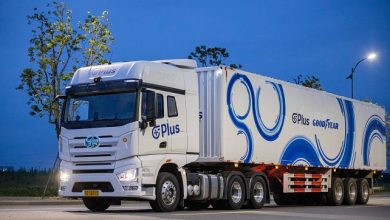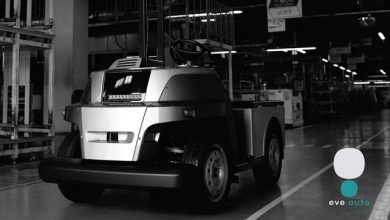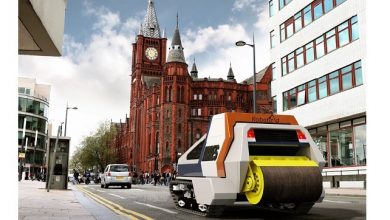Waymo is revealing more autonomous vehicle data for research purposes
Waymo is publicizing more data from its autonomous vehicles, which it says is for the advantage of the research community. Building on the trove of data it released in 2019, the Alphabet company is calling this latest batch “the largest interactive dataset yet released for research into behavior prediction and motion forecasting for autonomous driving.”
This “motion dataset” includes over 100,000 segments, each around 20 seconds long, of objects like cars and people and their trajectories, as captured by Waymo’s sensor-laden vehicles. The company has included 3D maps and geographic details in each segment to supply researchers with context for their prediction modeling. Waymo says it is releasing 570 hours of “unique data.”
A wide variety of road types in different urban environments are featured, including San Francisco, Phoenix, Mountain View, Los Angeles, Detroit, and Seattle. Waymo says it included data mined specifically for its unique qualifications for research purposes, including “cyclists and vehicles sharing the roadway, cars quickly passing through a busy junction, or groups of pedestrians clustering on the sidewalk.”
Waymo also claims that its “perception boxes,” or the colored boxes used to distinguish different objects on the road, are “state of the art” and superior to other open-source datasets. In addition, Waymo is launching an open dataset challenge to encourage research teams in their work on behavior and prediction. There are four challenges: motion prediction, interaction prediction, real-time 3D detection, and real-time 2D detection. The winner of each challenge will receive $15,000, with second-place teams receiving $5,000 and third place $2,000.



